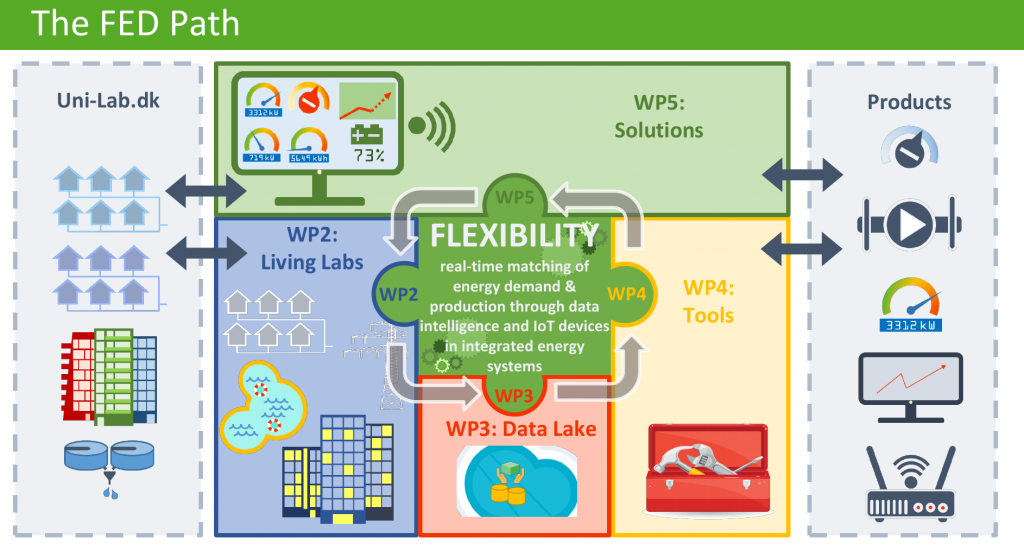The use of building data is one of the paths to the green transition, and data and digitization can reduce costs and create new potentials for efficiency improvements. At the same time, there are already good solutions in the market.
These were the main conclusions when the Danish Energy Agency, during the C40 World Mayors Summit in Copenhagen in October, held a workshop with Energy Forum, Intelligent Energi and Gate 21 on the use of building data.
The Danish Energy Agency is working on creating a platform – an energy and building atlas that will promote data-based knowledge of buildings. At the workshop, up to 100 participants from universities, interest groups, building owners such as housing companies and municipalities, as well as utilities, gave their views on the platform.
Centre leader at CITIES Professor Henrik Madsen was invited to talk about some of the solutions that have been developed through CITIES and other related smart city projects to collect and analyze just building data.
“I consider the ideas of a new Energiatlas, as suggested by the Danish Energy Agency, as a very interesting step forward”, he says.
“I believe that we will be able to see a lot of synergy between Center Denmark, which will provide methods related to real-time data, and the Energiatlas, which could contain information on the actual energy performance of buildings, as obtained digitally by the processing of real-time data at Center Denmark”, he says.
Use AI as an X-ray
Henrik Madsen’s message at the workshop and in general is that it is important to move away from table-based methods for energy savings and energy renovations and over to evidence-based methods.
Table-based means that, for example, energy labels are drawn up of dwellings that are based on drawings of the house rather than on data based on reality.
Henrik Madsen and his DTU colleagues and partners for smart city projects have developed and demonstrated methods that work with a kind of X-ray vision with the help of AI. Here, algorithms chew through data for a building and see how it performs – how good the climate screen is – (e.g., the insulation of the exterior wall, doors and windows) and at the same time can sort the energy consumption from the way the occupants or users act.
FED – Flexibility Energy Denmark
At the workshop, Henrik Madsen also mentioned the new national research and testing centre for energy technologies for green transition Center Denmark, which also contains a data lake.
Through the associated project, FED – Flexibility Energy Denmark – the partners (including many partners from CITIES) collect data through living labs and send data into the data lake.
The researchers at the FED can then analyze data and develop solutions that companies can work on for actual products. Through the FED, you will see how you can create flexibility in the electricity grid, change consumption habits and store energy virtually. For example, through district heating or by heating swimming pools at times when there is plenty of wind turbine power in the grid and where there is little electricity consumption in society in general.
At the workshop of the Danish Energy Agency, Henrik Madsen also pointed out the need to change the framework conditions to promote the green transition.
Today, there is virtually no economic reason to shift consumption to periods when there is excess green energy in the electricity grid. CITIES has taken up this issue in a note ‘Energiafgifter for fremtiden’ received by both the Danish Energy Agency and the Danish Parliament.

